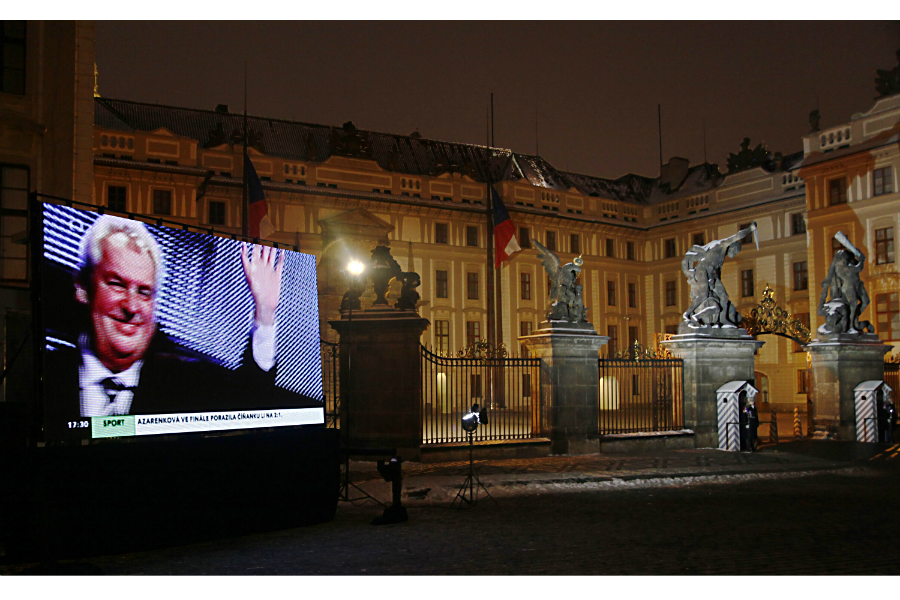She helps visitors enjoy the treasures of Prague Castle
Loading...
| Prague, Czech Republic
In the “city of a hundred spires,” Prague Castle still manages to stand out.
The iconic compound, positioned majestically atop a hill overlooking the city center, is simultaneously a space of immense historical and cultural significance and a functioning government complex – which includes the office of the president of the Czech Republic.
Hana Hrdinová is at the intersection of these dual roles. As head of the guide service in the castle’s administration, she leads the operation that gives tourists and other visitors access to this treasure. She's also committed to the preservation and maintenance of the compound so that government officials and ordinary people alike can continue to enjoy it.
“Prague Castle is the largest castle complex in the world,” says Ms. Hrdinová, who has worked as a guide in the Czech Republic for 11 years, the past six at Prague Castle. “It is very important.”
According to the castle administration, the compound was most likely established around 880 by Prince Bořivoj of the Přemyslid Dynasty. The 750,000-square-foot premises feature a range of architectural styles, including Romanesque touches from the 10th century and Gothic modifications from the 14th century. It is a UNESCO World Heritage site.
The complex houses not only what remains of the original residence building, but also St. Vitus Cathedral – the largest and most important church in Prague. Coronations of Czech kings and queens took place in the church, and buried here are patron saints, noblemen, and others.
In all, some 7 million visit the complex per year, Hrdinová says, and more than 1.6 million tickets to visit St. Vitus Cathedral are sold.
“Prague is visited by tourists [from all over] the world,” she says. “The cathedral and the Prague Castle are the symbols of the nation.”
On a recent morning, the compound played host to tour groups, backpackers, and schoolchildren, snapping pictures and marveling at the architectural flair and some of the many picturesque statues, murals, and relics featured throughout the grounds.
In the early 2000s, just more than a decade after the fall of Communism in the country, city and cultural officials took part in discussions about how to best preserve Prague’s historical and cultural icons amid rising visitor traffic.
Today, the preservation of the European capital's world-renowned architecture is still paramount. Hrdinová discusses the intricacies of keeping up the diverse and extensive castle complex. A department in the office of the president is dedicated to monument preservation, and it's charged with approving any maintenance and conservation efforts, as well as ensuring that only specially trained and licensed contractors perform such work.
“All of Prague Castle is preserved,” she says while strolling past tour groups in the center of the stunning St. Vitus Cathedral, whose construction began in 1344 and was finally completed in 1929. “It is necessary to preserve all monuments.”
One of the latest projects to better preserve the compound and enhance the visitor experience has involved the royal crypt below the floor of the cathedral, Hrdinová notes. The three-month project, which was to conclude earlier this summer, ran new electrical lines, added air conditioning, and installed more exhibits for guests. The enhancements will better showcase Romanesque building fragments.
It is a massive endeavor to maintain such a broad range of structures, Hrdinová acknowledges – structures that include the office that the country’s president occupies daily, and the cathedral that opens its doors for regular religious services.
In recent years, Hrdinová says, Czech presidents have expanded which areas of the complex are open to the public. “Not only tourists, but Czech citizens want to visit,” she says.







